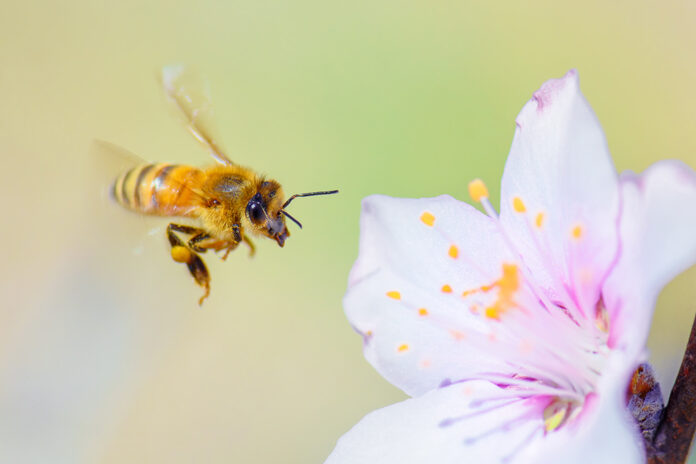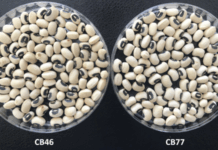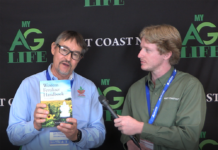
On Jan. 1, 2024, an update to California Code of Regulations went into effect addressing the use of the neonicotinoid class of insecticides on crops grown in California. The updated regulation covers clothianidin, dinotefuran, imidacloprid and thiamethoxam.
The California Department of Pesticide Regulation has stated it has adopted these regulations to protect pollinators from risks of exposure to neonicotinoids in agricultural crops. The updated regulation covers soil and foliar applications of products containing any of the listed active ingredients to certain crops grown in California. The regulation does not cover applications to crops grown in enclosed areas such as greenhouses or which are covered with insect exclusion netting if the conditions stated in the regulations are met. Also exempt are applications to address a local declared emergency to control a declared quarantine pest, a “Section 18” emergency, treatments made to control a quarantine pest, research and development work with authorization from the DPR, and non-agricultural uses.
The regulations address the type of application (soil or foliar), the number of permitted applications to a crop and the total pounds of active ingredient that may be used in a cropping season. These may vary depending on the crop grown so it is extremely important for pest control advisors, growers, and applicators to make themselves aware of the new restrictions. Crop advisors and growers need to be aware reduced rates of application may result in poor insect control or increase the possibility of insecticide resistance development. It is therefore highly recommended that the rate, method of application and timing of these neonicotinoid products be reviewed and discussed prior to use. Detailed information on each crop may be found by contacting a local UCCE crop advisor, the County Agricultural Commissioner’s office or the California Department of Pesticide Regulation at cdpr.ca.gov/docs/enforce/neonicotinoid/neonicotinoid_regulations.htm.
It is the responsibility of the grower and applicator to ensure regulations are followed.
Key points concerning California 2024 neonicotinoid regulations:
- Updated regulations affecting the use of neonicotinoid insecticides go into effect Jan. 1, 2024.
- The updated regulations address the potential impact of neonicotinoids on pollinator insects.
- The updated regulations will be placed on application timing, amount of active ingredient and number of applications per year.
- It will be the responsibility of the grower and the applicator to ensure the updated regulations are met.
- California Department of Pesticide Regulation, County Agricultural Commissioners, UCCE and California Licensed Pest Control Advisors will be responsible for educating growers and applicators on complying with the updated regulations.
- Growers and applicators need to review application rates and timing to prevent poor pest control or increased insecticide resistance.
- ‘The only neonicotinoids affected by the updated regulations are imidacloprid, clothianidin, dinotefuran and thiamethoxam.’














